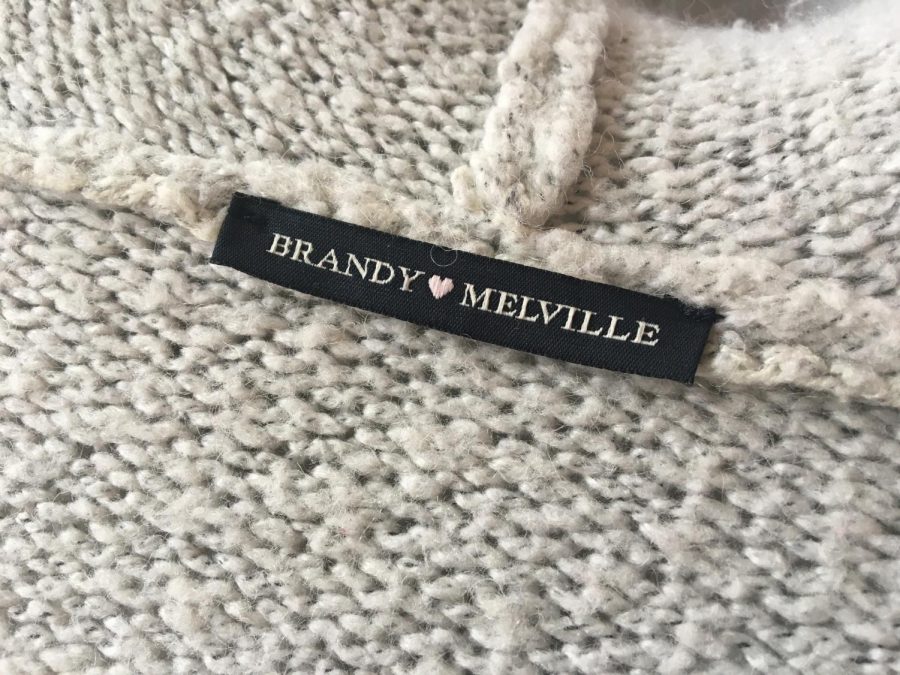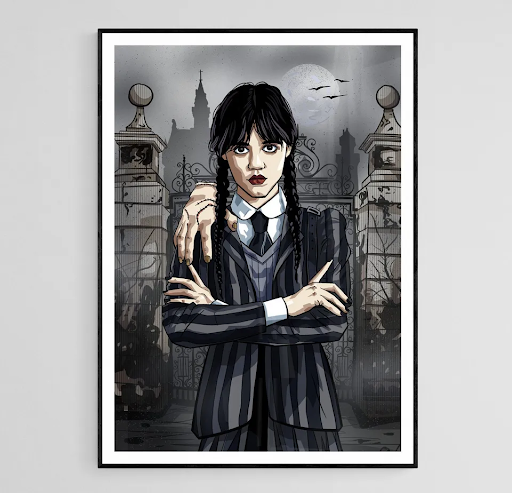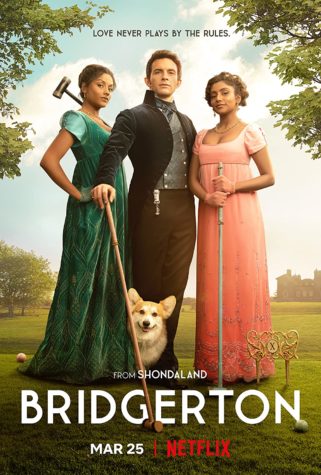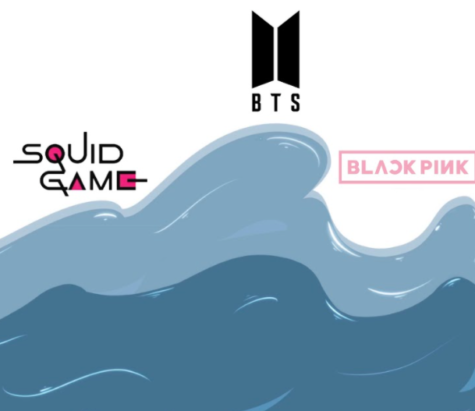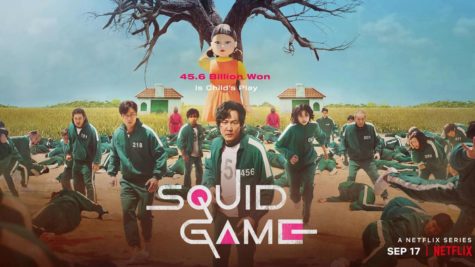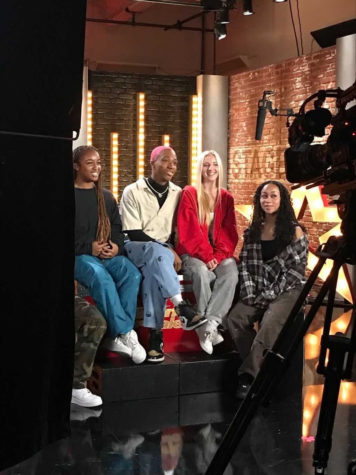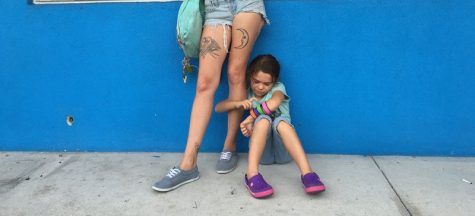Does one size really fit all?
Students express views of controversial sizing systems in popular clothing brands
Brands such as Brandy Melville use a one-size-fits-all sizing system on many of their clothes, but this doesn’t work for everyone.
Over time as new trends develop, different clothing stores and brands start to become more popular.
In the most recent years, the 80’s and 90’s vintage look has become popular amongst teens and young adults.
Most stores sell clothes that cater to this type of style and offer many different sizing options for people of all body types to enjoy the same clothing as everyone else, regardless of their size and shape.
Some stores however, have overlooked this aspect of fashion and cut straight to the basics, making all clothing pieces one size.
One store in particular that is especially fond of the ‘one size fits all’ aesthetic is Brandy Melville. This store not only makes shirts and tops in one size but also pants, which are more difficult to categorize into one size.
“I love Brandy Melville’s clothes, mostly because they provide cute basics to build my outfits on top of,” junior Taylor Whalen said, “but some of their shirts can be too long or short.”
‘One size fits all’ clothing limits girl’s fashion choices by giving them less options to look and feel confident.
“Since I have a smaller stature, most clothes from the store don’t fit the way they should, and are unproportional to my natural shape,” sophomore Jayden Smith said.
Although it may seem like an insignificant problem, teen girls ,especially, need the assurance that they are ‘normal,’ but stores that have ‘one size fits all’ clothing go against this and make consumers feel insecure.
Brandy Melville and stores like it are able to keep the sizing the way it is because of the brands popularity.
“I feel like almost every girl I know owns at least one thing from Brandy Melville,” senior Katherine Do said, “nobody really likes the fact that the sizing is unrealistic but everyone likes the clothes they sell.”
Brandy Melville also produces clothes at an affordable cost, making it even more appealing for young women to shop there.
“One of the things I don’t like about the store is that they mass produce most of their clothing items,” Smith said, “so a lot of the time I’ll see people wearing all of the same clothes.”
Stores that make clothing to fit only certain girl’s body types force girls with the opposite body type to feel like they don’t belong, or have to change who they are in order to fit in.
Models for these types of stores make up the small percentage of people that can actually fit in the clothing that the brand sells.
“It’s unrealistic to make young girls think that they have to fit in these (pieces of clothing) in order to achieve the ‘ideal body type,’” junior Avani Singh said, “the sizing at these stores is not only inconvenient but mentally damaging.”
During crucial teenage years, things like outfits and appearances affect teens in a very large way and ‘big buck’ companies seldom take into consideration how harmful something as small as sizing can be to one’s self-esteem.
“Fashion should be something that people can enjoy without the limitations of something as insignificant as its size,” junior Shereen Golkar said, “stores need to acknowledge the fact that no person is the same and adjust everything in order to accommodate the needs of every single person.”



